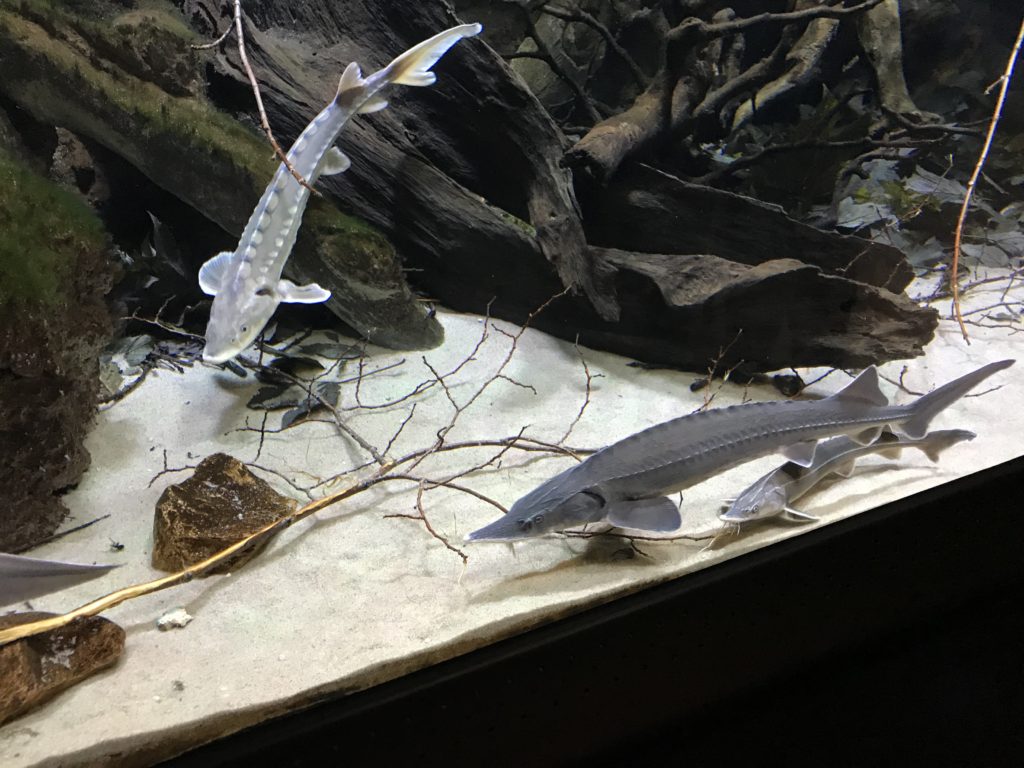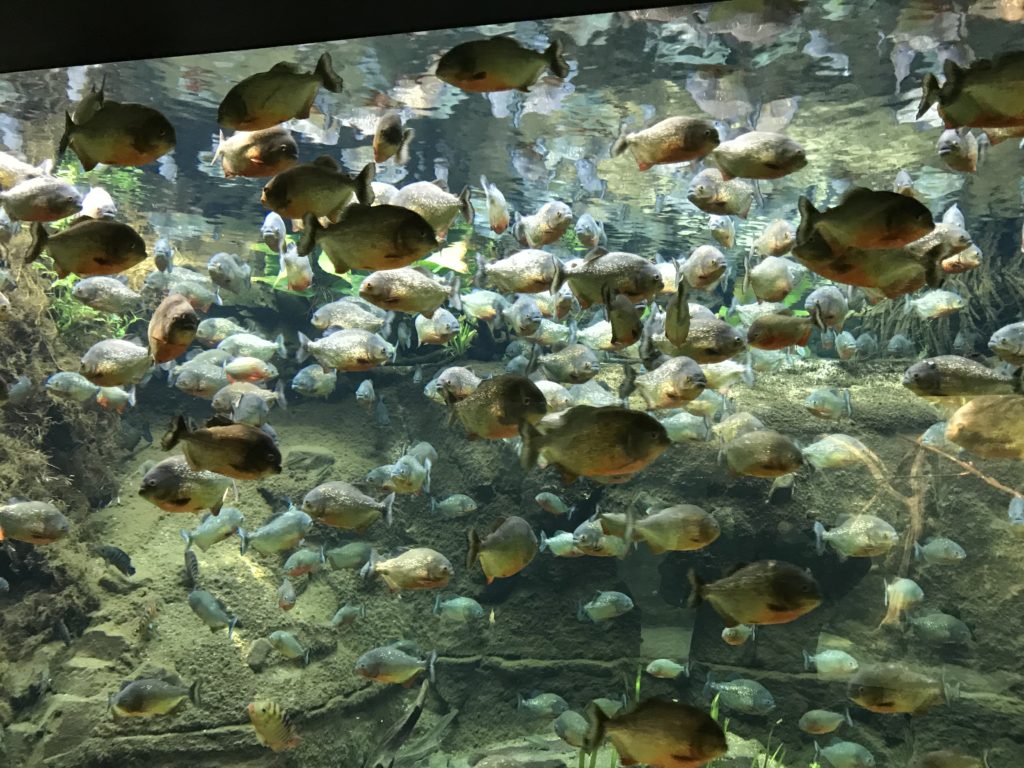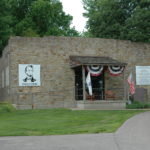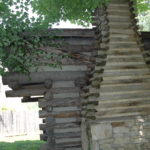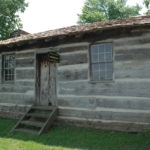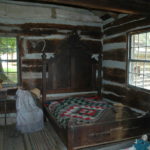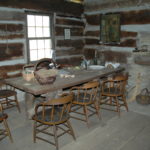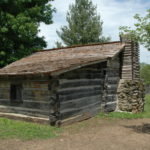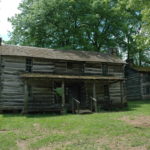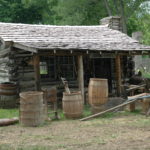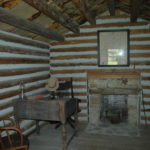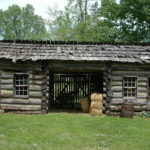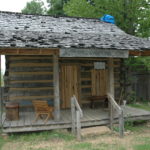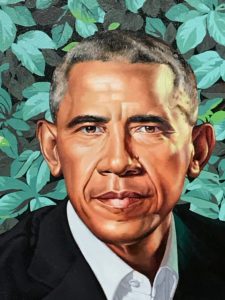 Yesterday I visited the Portrait Gallery in Washington, D.C. The Gallery shares a building (once the Patent Office) with the Smithsonian American Art Museum but because it sits several blocks off the National Mall it is often overlooked by tourists and locals alike. That’s a shame because the two museums house some of the most important and relevant art to our times.
Yesterday I visited the Portrait Gallery in Washington, D.C. The Gallery shares a building (once the Patent Office) with the Smithsonian American Art Museum but because it sits several blocks off the National Mall it is often overlooked by tourists and locals alike. That’s a shame because the two museums house some of the most important and relevant art to our times.
My main focus was the “America’s Presidents” section where they display the official portraits from Washington to Obama. Most paintings are traditional, with dark tones and stoic poses. That is until you get to John F. Kennedy, whose painting is more abstract and modern (especially for 1963).
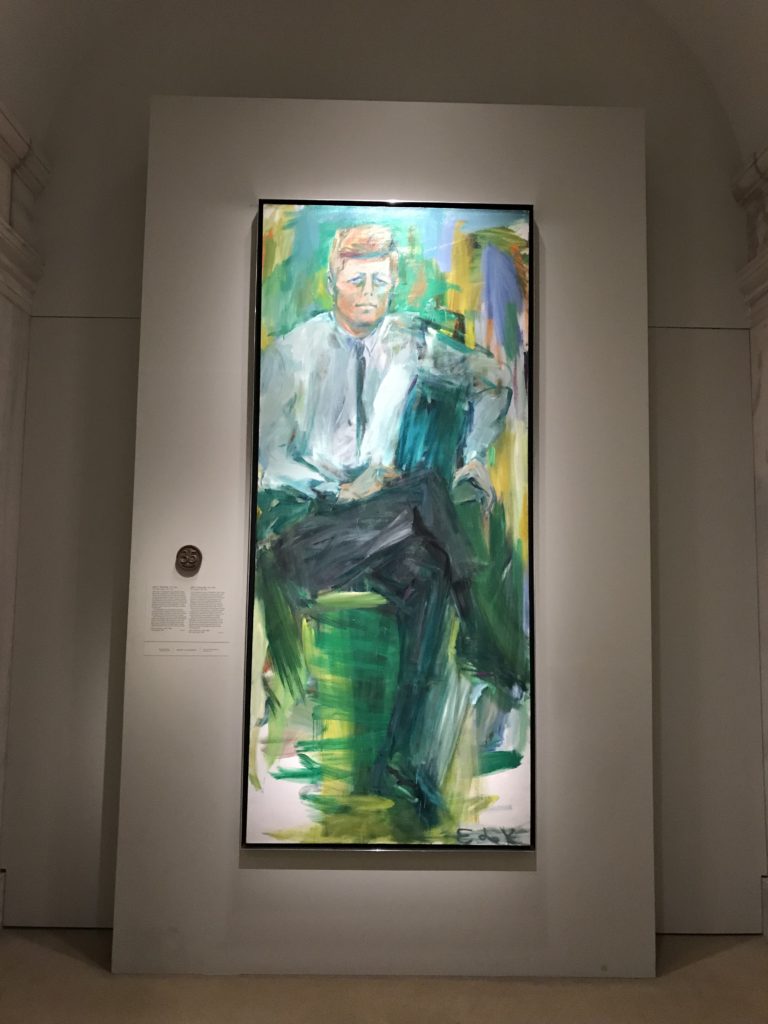
Presidents Carter and Reagan start a more relaxed, but still fully suited up, set of portraits. George H.W. Bush is more austere, but George W. Bush sits tie-less in a more comfortable, homey setting. Bill Clinton is the most unique (okay, bizarre) with his official portrait, which is constructed as a mosaic of small squares with colorful inserts. Looked at from a distance it immediately looks different from the other portraits; up close it is positively peculiar.
But the most interesting was that of President Barack Obama. African-American artist Kehinde Wiley was chosen specifically for his cultural influence. Obama sits tie-less in a classical hardback chair partially embedded in a sea of leaves and flowers. The flowers have personal significance to Obama – chrysanthemums are the official flower of Chicago, the jasmine evokes Hawaii, and the African blue lilies refer to his Kenyan father. The effect is startling, which partially explains why his portrait attracted the largest crowds in the gallery.
From the presidents gallery I moved upstairs to the “Twentieth-Century Americans” hall that holds First Lady Michelle Obama’s official portrait. Michelle selected Amy Sherald, another African-American artist, whose unique style brings out Michelle’s blend of confidence and approachability. As with her husband, Michelle’s portrait was the star of the room.
Also in the “Twentieth-Century Americans” gallery were several other portraits of contemporaries one might not expect to see in a national gallery, including rapper/actor LL Cool J, Vietnam Wall creator Maya Lin (as a 3-D printed mini-statue), and to my surprise, ecologist E.O Wilson, an icon in my scientific field.
There is much more to see in the Portrait Gallery and the Smithsonian American Art Museum, so next time you’re in Washington, DC, pull yourself off the Mall and have a visit. Not far away are also the Spy Museum, Madame Tussaud’s wax museum, and Ford’s Theatre (where Lincoln was shot). All are worth a visit but so often missed by visitors who don’t stray far from the strip of Smithsonian museums between the Capitol and Washington Monument.
David J. Kent is an avid science traveler and the author of Lincoln: The Man Who Saved America, in Barnes and Noble stores now. His previous books include Tesla: The Wizard of Electricity (2013) and Edison: The Inventor of the Modern World (2016) and two e-books: Nikola Tesla: Renewable Energy Ahead of Its Time and Abraham Lincoln and Nikola Tesla: Connected by Fate.
Check out my Goodreads author page. While you’re at it, “Like” my Facebook author page for more updates!



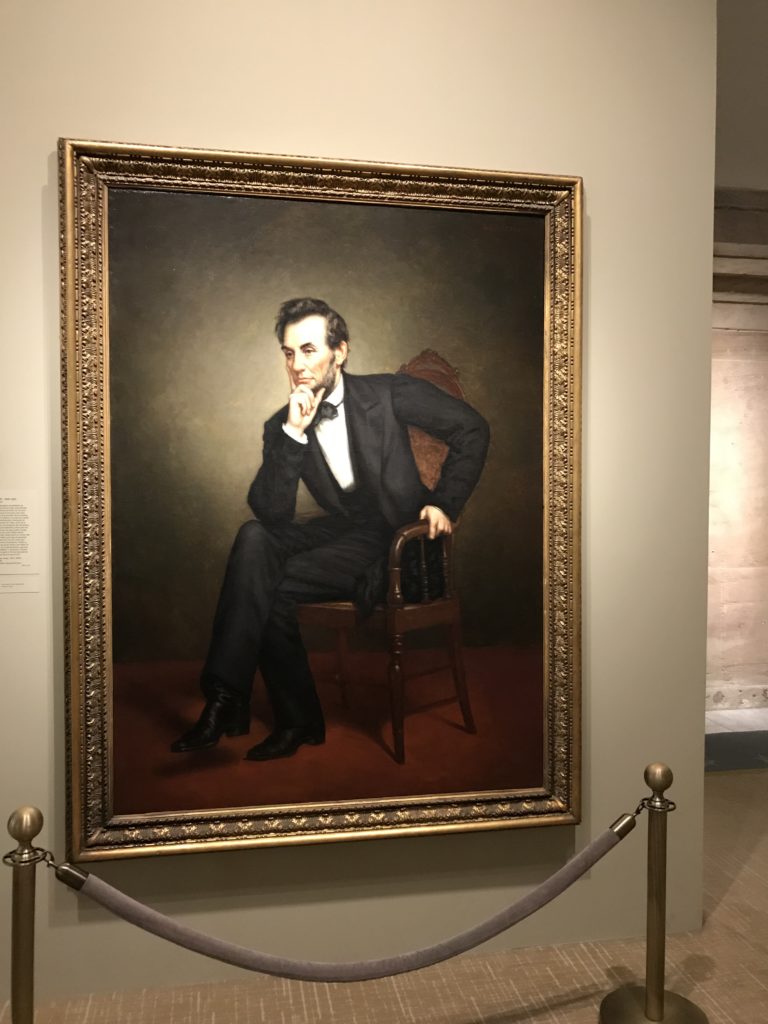


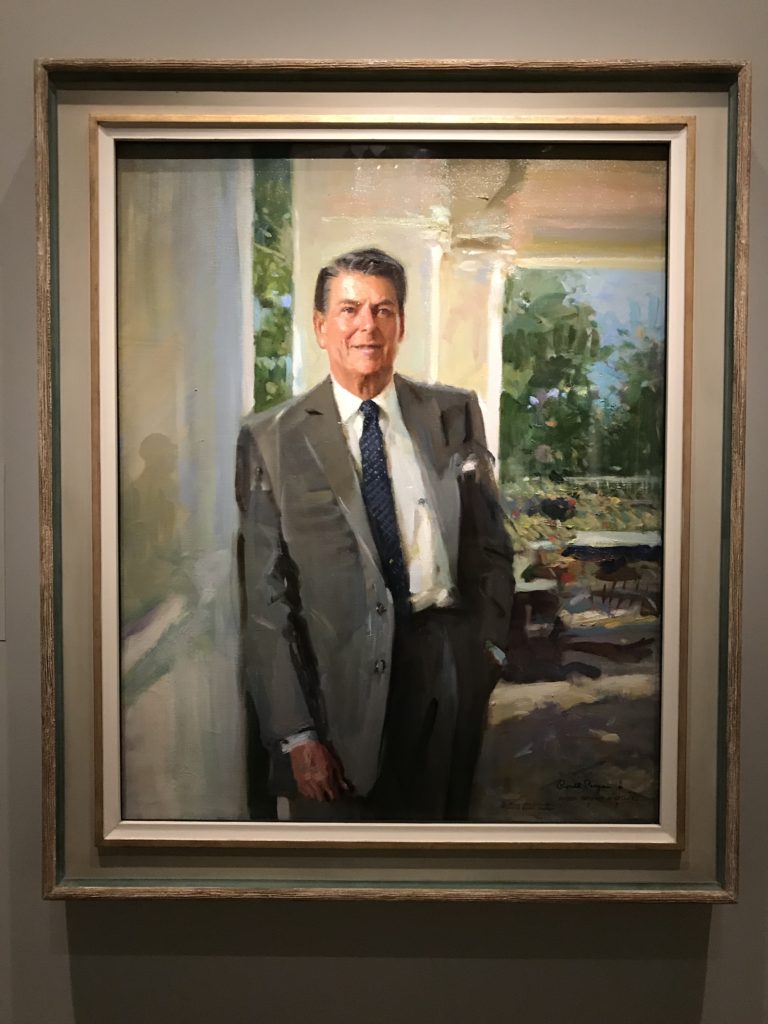
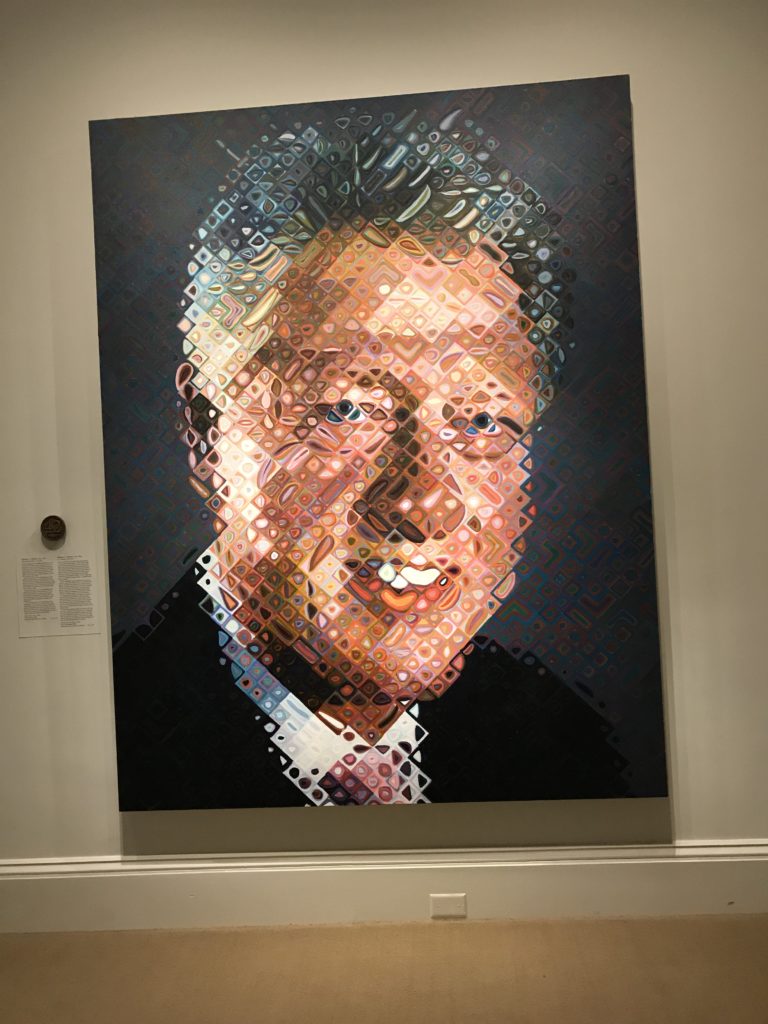
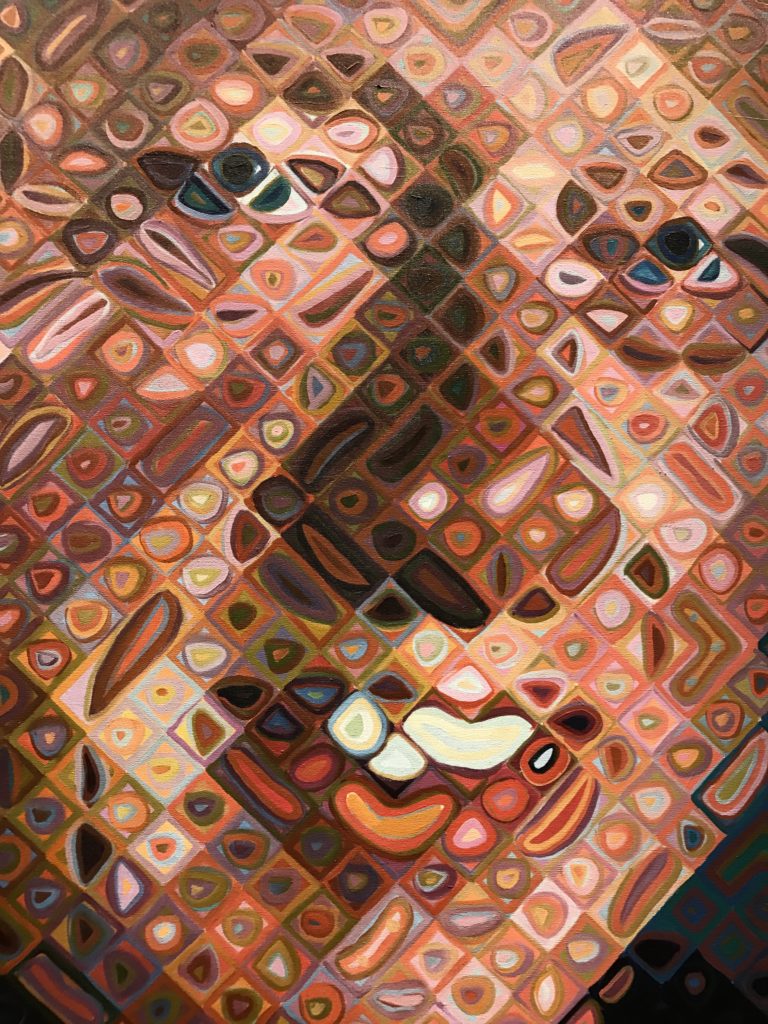
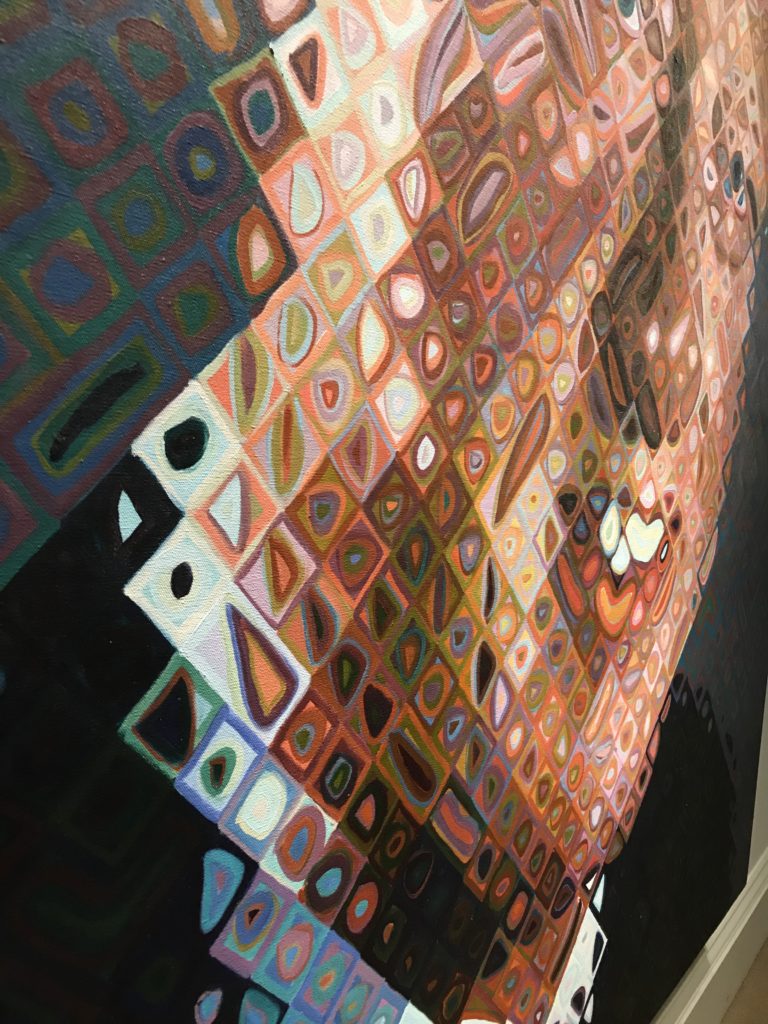
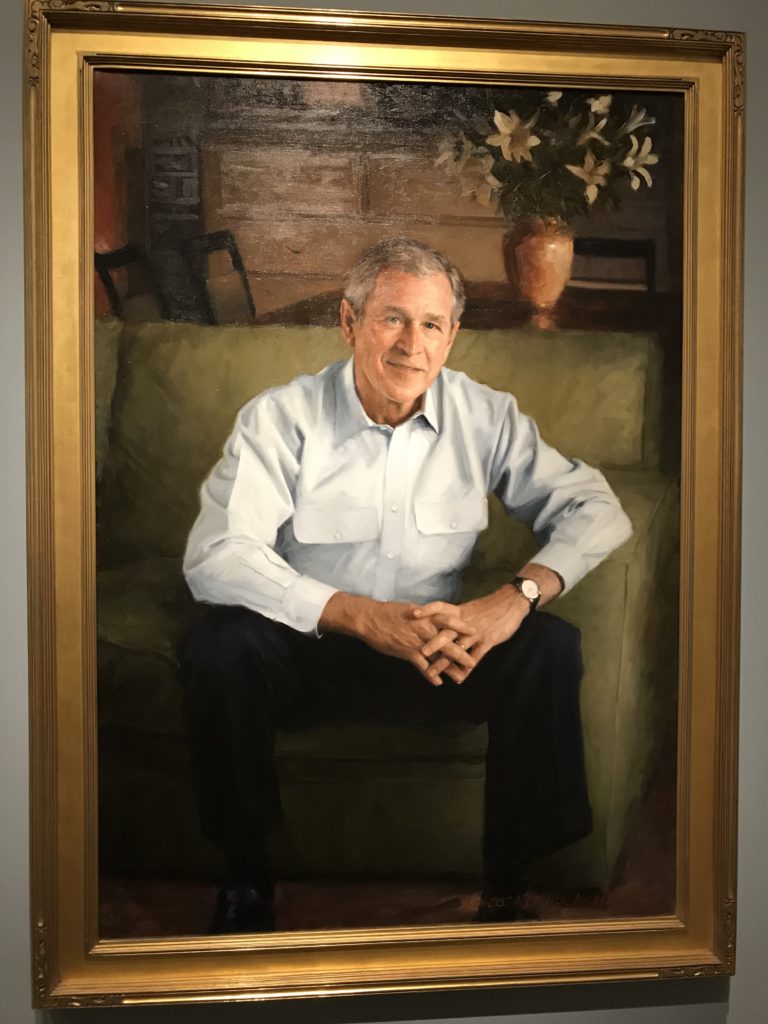
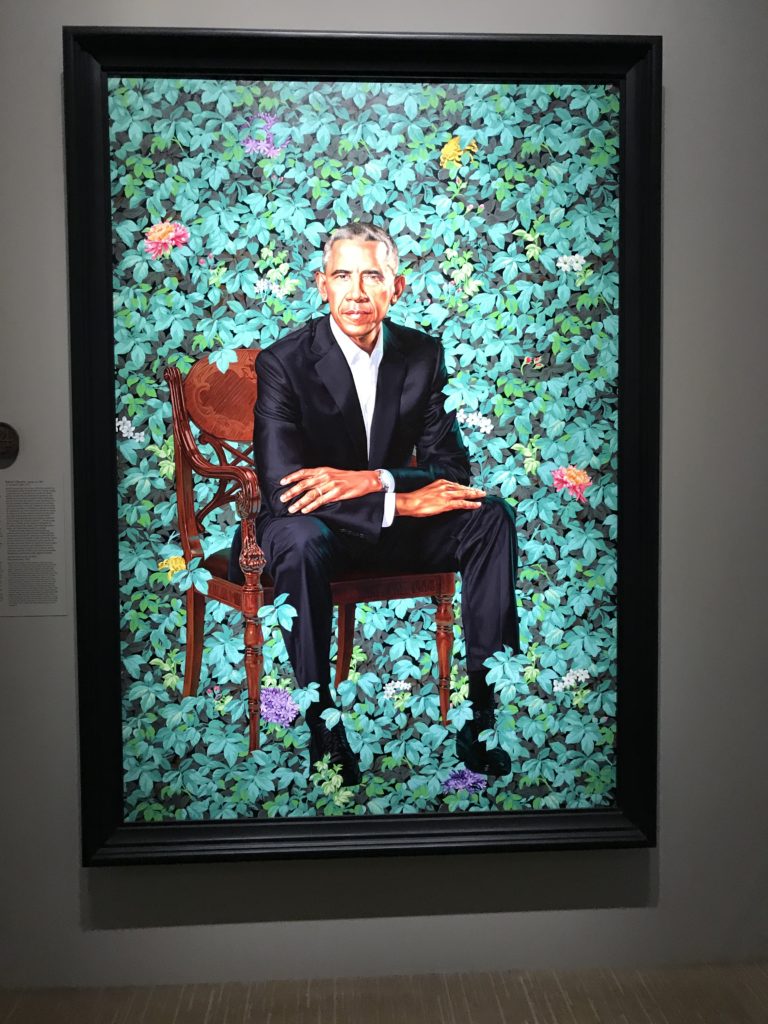
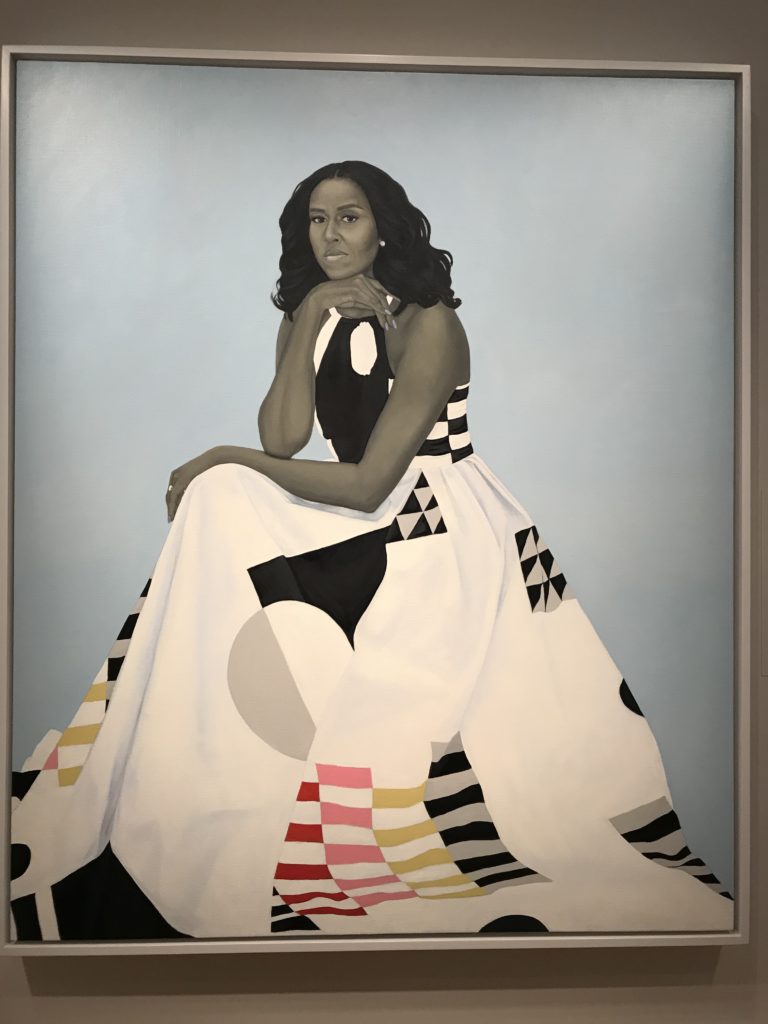
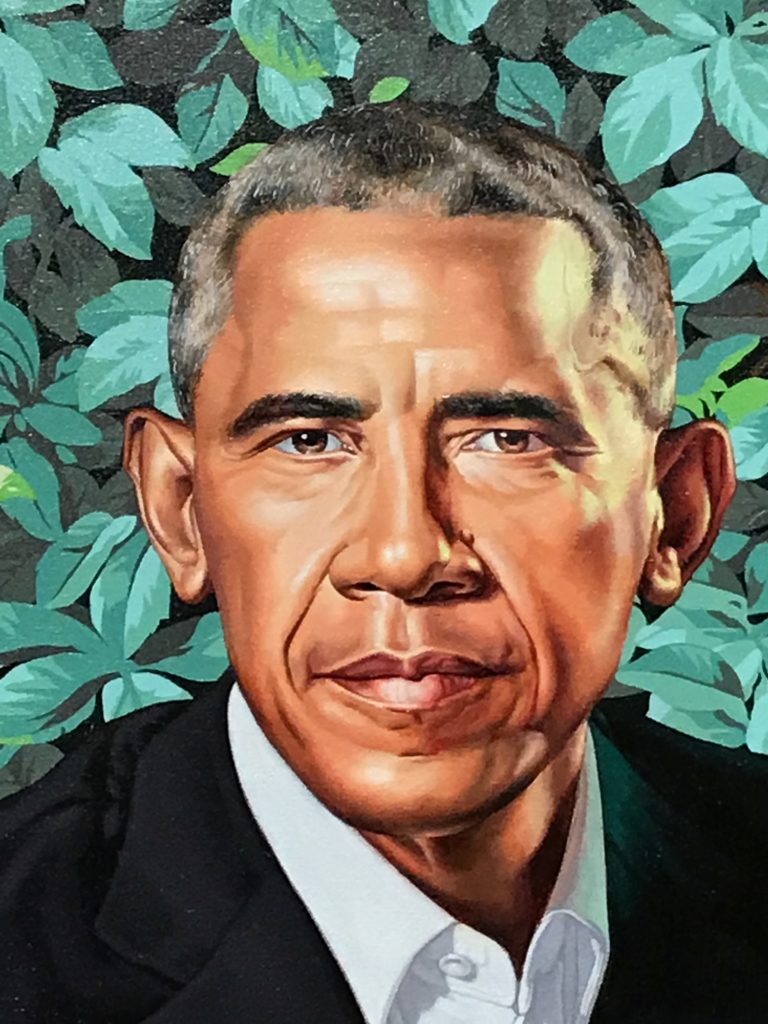


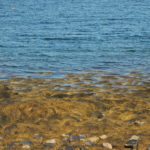
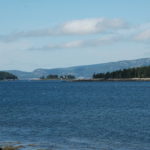

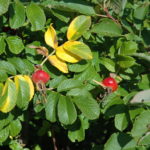
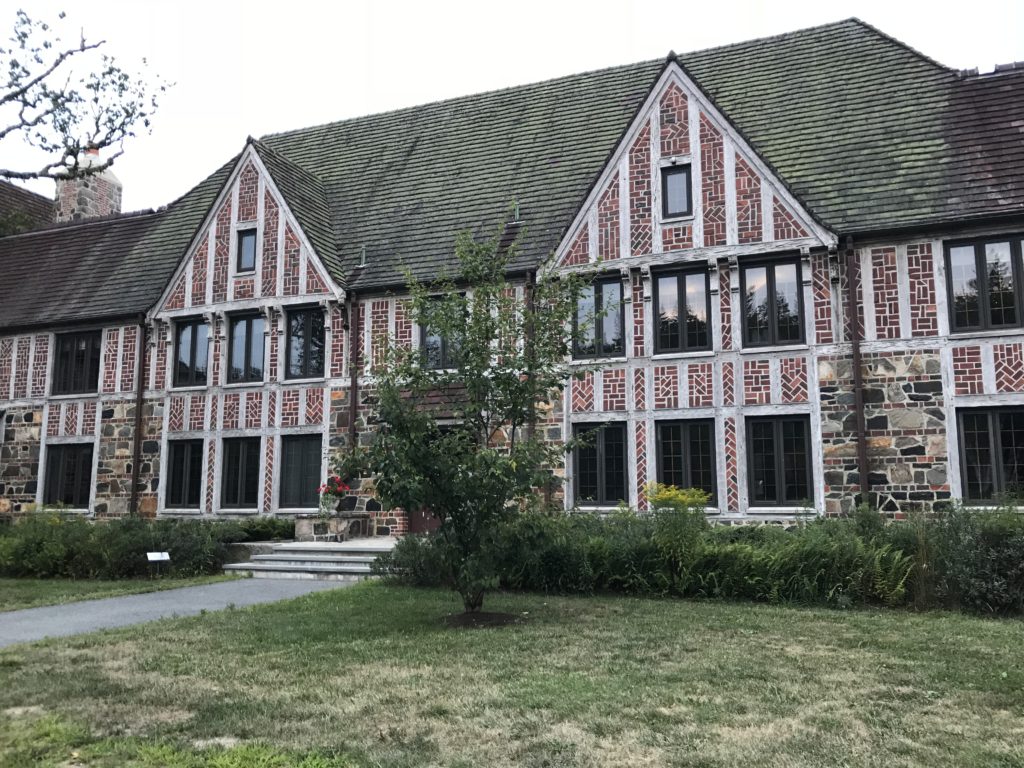
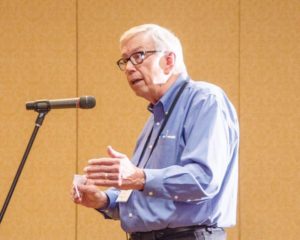 It is with deep regret that I mark the sudden passing of John Elliff. John was an Abraham Lincoln scholar and in many ways my mentor in the Lincoln field.
It is with deep regret that I mark the sudden passing of John Elliff. John was an Abraham Lincoln scholar and in many ways my mentor in the Lincoln field.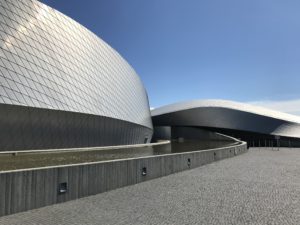 Wherever I science travel in the world I look for
Wherever I science travel in the world I look for 

